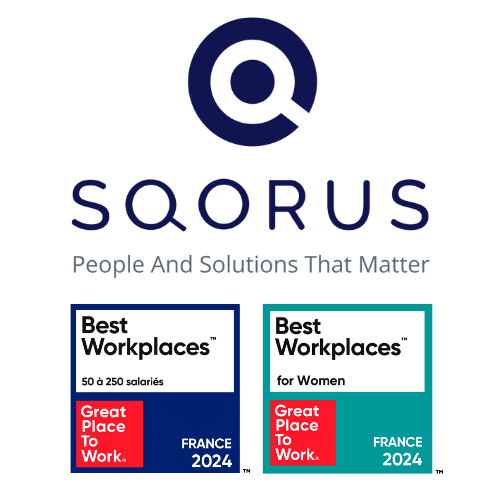In a world where competitiveness and digital transformation are taking center stage, talent management is becoming a fundamental pillar in ensuring business success.
Strategic Workforce Planning (SWP) is no longer a mere administrative task; it has become a strategic lever for modern organizations. However, in the digital age, this approach must be supported by powerful IT tools and reliable data to meet current challenges and anticipate future needs.
Discover how advanced technologies and intelligent data exploitation are transforming strategic talent planning, and how your organization can appropriate these tools to build tomorrow’s workforce today.
The emergence of IT issues in Human Resources planning
The digitization of companies has transformed the landscape of skills required. Organizations must anticipate rapid and unpredictable technological change.
In this respect, the integration of IT systems into human resources management is crucial. Talent management tools and skills analysis platforms enable HR managers to better understand current and future skills requirements.
In addition, technology solutions facilitate more agile workforce management, with real-time updates on talent status, skills evolution and training needs. This makes it possible to react quickly to market changes,optimize recruitment processes and maintain constant alignment between operational needs and available talent.
To find out more about the foundations of Strategic Workforce Planning and understand its organizational challenges, read our detailed article: “What are the challenges of Strategic Workforce Planning for organizations?“. You’ll discover the differences between SWP and GEPP (ex-GPEC), as well as the key elements for successful implementation.
The growing importance of data for effective HR Strategic Planning
Today, data is at the heart of human resources planning.
Predictive analytics can be used to model future scenarios, identify skills gaps and assess recruitment needs over the long term. But beyond theuse of internal data, it is crucial tointegrate external data, such as labor market trends, technological developments or talent expectations.
Advanced analysis tools and artificial intelligence can play an essential role in this process. Not only can they improve recruitment processes, they can also better target investment in employee training and development. Thanks to accurate data, companies can also strengthen talent retention, by identifying satisfaction drivers and preventing turnover.
Securing HR data and GDPR compliance: the technical challenges of SWP
However, the use of data for strategic workforce planning poses major challenges.
Data security and privacy management remain major concerns, especially with data privacy regulations such as the GDPR in Europe.
What’s more, data quality must be constantly assured. Incorrect or out-of-date information can lead to strategic decisions based on false prejudices, which could harm the company’s agility.
Companies therefore need to invest in solutions that guarantee data security, while ensuring that the information collected is reliable, up-to-date and relevant. This requires strong data governance and close collaboration between HR, IT and legal departments.
Leveraging HR data is not limited to strategic planning. To find out how workforce analytics can transform your talent management and optimize career paths, read our article “Workforce analytics for career management“.
Agile SWP: towards collaborative, anticipatory planning
The future of strategic human resources planning lies in a collaborative approach. Interconnection between HR and IT departments, as well as operational managers, is essential to adapt strategy to real needs on the ground.
Digitization facilitates this collaboration, not only by enabling fluid communication, but also by providing better visibility of skills and upcoming projects.
Strategic workforce planning is no longer a one-off exercise, but a dynamic, ongoing process. Companies must be ready to adjust their forecasts in line with changing economic conditions, technological advances and employee expectations. This requires an agility that only intelligent use of technology and data can deliver.
Conclusion on IT and Data issues with SWP
Ultimately, strategic workforce planning can no longer be considered in isolation.
The integration of IT and data in this approach is now essential to anticipate talent needs, train employees in the skills of tomorrow and guarantee optimized human resources management.
Companies that know how to leverage modern technologies and data effectively will be best placed to meet tomorrow’s challenges. This requires a commitment from business leaders to invest in the right tools, and to foster a collaborative, agile and innovation-oriented culture.
Would you like to implement a Strategic Workforce Planning approach adapted to today’s technological challenges? Our experts in digital HR transformation are at your disposal to support you in this strategic process.
Contact us for a personalized diagnosis of your Strategic Workforce Planning needs, and discover how to transform your talent management into a real competitive advantage.
34 HR innovations and trends for 2025
Discover the latest HR innovations and trends and accelerate your digital transformation.
Contact
A project? A request?A question?
Contact us today and find out how we can work together to make your company’s digital future a reality.






